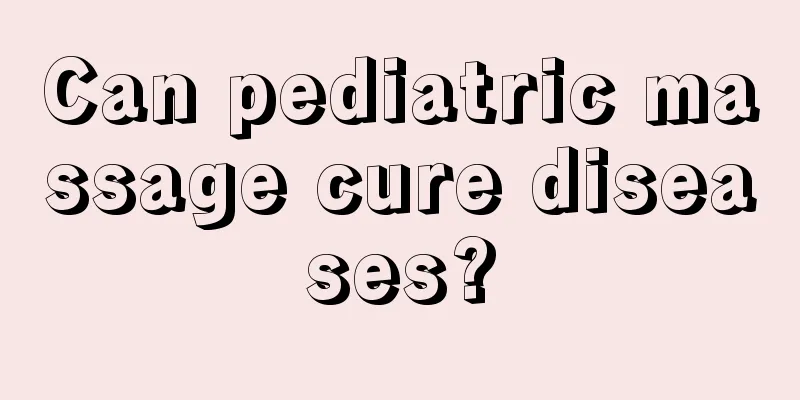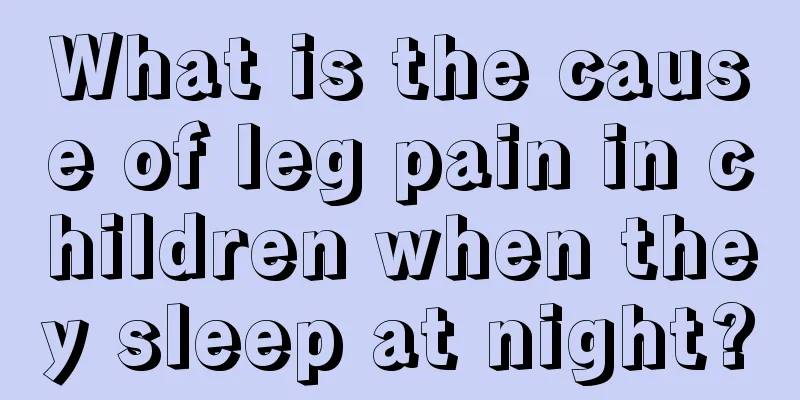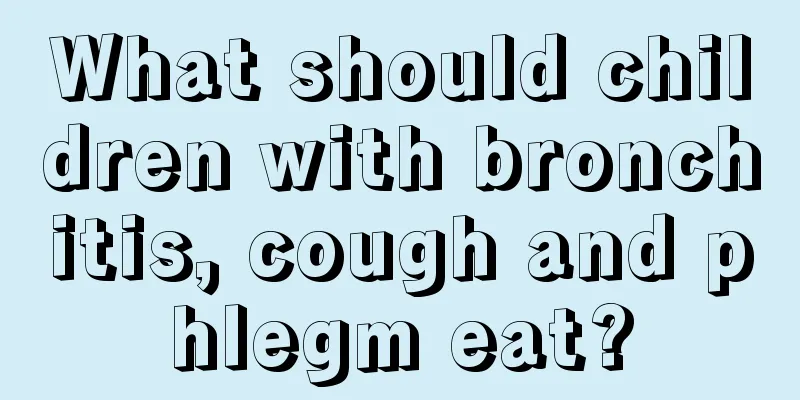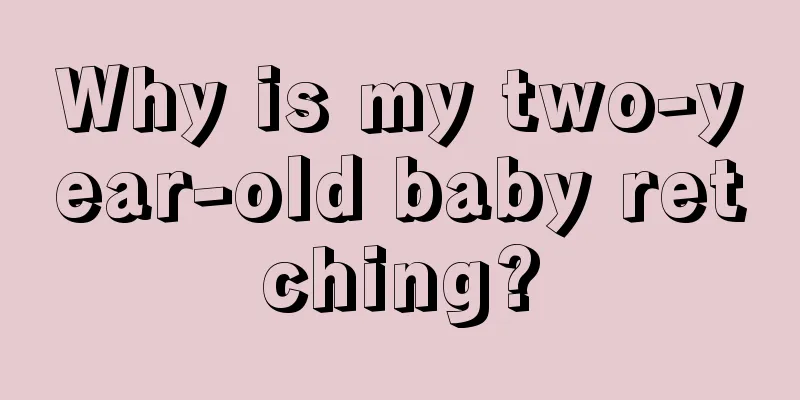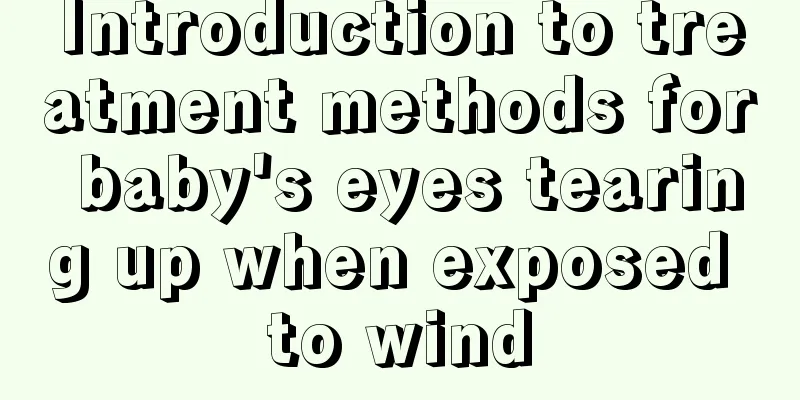What are the pimples on children's noses?

|
Children's body resistance is relatively low during their growth and development, and they are prone to some physical diseases. The growth of pimples in children's noses is also a relatively common disease. There are many reasons for the growth of pimples in children's noses. This may be a symptom caused by nasal polyps. Nasal polyps are very harmful to health and can easily lead to breathing difficulties. What are the pimples in children's noses? This may be caused by nasal polyps in children. Performance Clinical manifestations may include progressive nasal congestion, increased nasal discharge, olfactory impairment, and headache. It can be single or multiple, unilateral or bilateral, with the majority being multiple and bilateral. When polyps grow too large, the external nose may become deformed, the bridge of the nose becomes widened and enlarged to form a "frog nose". Experts remind that if you find that your child has a blocked nose, thick mucus, and symptoms of dizziness and headache, you should go to a professional ear, nose and throat hospital for treatment to avoid snoring or breathing difficulties while sleeping, which will affect the child's intellectual development. harm Although nasal polyps feel harmless in the short term, they often block the nasal passages, causing breathing difficulties and affecting the sense of smell. Once nasal polyps are diagnosed, they should be actively treated. It is recommended that parents take their children to a hospital specialist for a follow-up examination 3 months after surgery. If the mucosa returns to normal, treatment can be stopped. Since nasal polyps are closely related to allergic rhinitis, chronic rhinitis and sinusitis, to prevent nasal polyps, it is necessary to actively treat chronic rhinitis and sinusitis to reduce the chance of occurrence. treat Generally speaking, children are relatively small and have weaker physiques, so medical treatment can be used for children's nasal polyps. Since nasal polyps are the result of long-term inflammatory response of the nasal respiratory mucosa, they can be treated with corticosteroids. Corticosteroids can not only reduce the size of polyps or even make them disappear, but if children undergo surgical treatment, the use of corticosteroids after surgery can also delay or prevent the recurrence of polyps. There are two routes of administration for corticosteroids: systemic and intranasal. Of course, the effect will be better if the treatment is based on the child’s specific condition. The commonly used external Chinese medicine is Jiang's Rhinitis Ointment, which is applied twice a day and has a definite effect. Causes The cause of nasal polyps is still unclear. There are many theories, which can be roughly divided into the following three categories: Middle nasal meatus microenvironment theory It refers to the abnormal anatomical structure and functional disorders of the middle nasal meatus that cause the natural defense function of the middle nasal meatus Weakened, creating conditions for the formation of nasal polyps. Especially in children, the nasal structure is in the stage of complete development. For example, deviated nasal septum, narrow middle nasal meatus, poor ciliary function, etc. are the main causes of nasal polyps in children. Nasal mucosal allergy theory A large number of mast cells and eosinophils can be detected in nasal polyp tissue. IgE in body fluids also increases, indicating that local allergic reaction is related to its cause. Mainly associated with type I and type III allergic reactions. It is also believed that it is related to the hypersensitivity reaction of B cells activated by certain bacteria, such as Staphylococcus aureus, a nasal commensal. Inflammation Theory What is certain at present is that nasal polyps are related to inflammation. Histological studies have shown that nearly 90% of nasal polyp tissues are infiltrated with a large number of eosinophils, which is actually an eosinophilic inflammation. This is related to interleukin 5 (IL-5) mediation and chemotaxis. |
<<: Why does my child sit up and talk in his sleep at night?
>>: What to do if your child has a sore on his head
Recommend
What is the problem with a two-year-old baby grinding his teeth?
Taking care of children is a very annoying but ha...
How to quickly treat a child's cough
Because children are physically weaker and have l...
Why does the child's head sweat?
If a child's head sweats a lot, it will often...
Is it better for children to develop early or late?
With the rapid improvement of living standards an...
How many pills of anthelmintic should I take at a time?
I believe that most of us were very naughty when ...
What are the symptoms of formaldehyde poisoning in babies?
We may have heard of formaldehyde, which is a tox...
Baby pasta recipes
In life, many mothers will worry about adding com...
What to do if your child has a viral cold
The development of modern society has brought not...
What should I do if my baby is born with a ventricular septal defect?
Every baby is the apple of his parents' eyes....
What should children eat for oral ulcers? Four useful foods recommended
If children have oral ulcers, you can let them ea...
What should I do if my two and a half year old baby has a bad stomach?
The problem of a two-and-a-half-year-old baby hav...
2-year-old baby has high fever and convulsions
The high fever and convulsions in a 2-year-old ba...
How many months is it normal for infants and young children to have teeth?
Every child is the best gift sent by God to his p...
What does diarrhea look like in babies?
Diarrhea is a common condition in babies. If the ...
What to do if your child has a hoarse voice due to a cold
Every time the children at home catch a cold, the...
